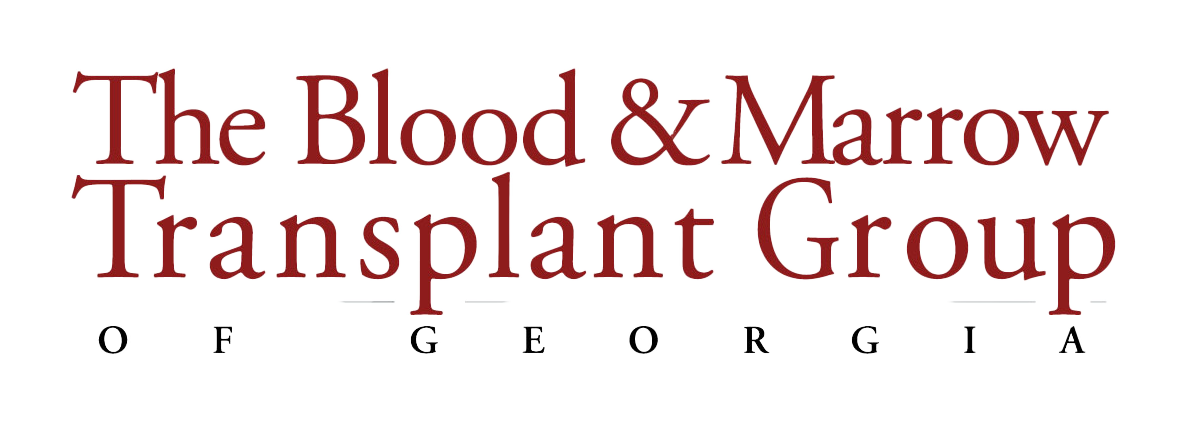How TIL Therapy Works?
How does TIL therapy work?
Dr. Melhem Solh, medical director of the cellular therapy program at Northside Hospital, explained that TIL therapy involves expanding the patient’s own immune cells to help fight melanoma.
“After harvesting, these cells are expanded in a lab and infused back into the patient to attack the cancer and get rid of it,” Dr. Solh said. “The one-time treatment requires close collaboration between Northside’s immunotherapy team, medical oncologists and highly specialized surgical oncologists.”
Step One
With TIL therapy, doctors remove a tumor lesion from the body, which contains these immune cells (the TILs) that have already tried to fight the tumor. TILs are usually effective at recognizing cancer cells, but they might need help to become stronger and more active. In a designated TIL manufacturing laboratory, TILs are grown and multiplied in large numbers, sometimes with added growth factors or special treatments that make them more powerful and better able to target the cancer. This process helps increase the number of T-cells that are good at attacking the tumor. During this time, the patient will undergo a short course of lymphodepleting chemotherapy to better prepare their immune system to receive the TIL therapy.
Step Two
Some patients may require ‘bridging therapy, additional melanoma treatment prior to receiving their TIL product. This therapy may involve receiving additional immunotherpay agents at your referring physician’s office.
Step Three
Prior to receiving the TIL product, patients will receive lymphodepleting chemotherapy, a short course of chemotherapy to reduce the populationn of circulating lymphocytes prior to the TIL infusion.
Step Four
Once the TIL T-cells are ready, they are infused back into the patient. These T-cells now have a greater ability to recognize and attack the cancer cells more effectively. The goal is for the immune system to launch a stronger, more focused attack against the tumor.
Step Five
To further boost the body’s immune response, patients will receive post-TIL infusion IL-2 an immuntherapy checkpoint inhibitor, which may help the immune system to work more effectively against the cancer.

